International
What are the six Mexican cartels designated as terrorist groups by the United States?
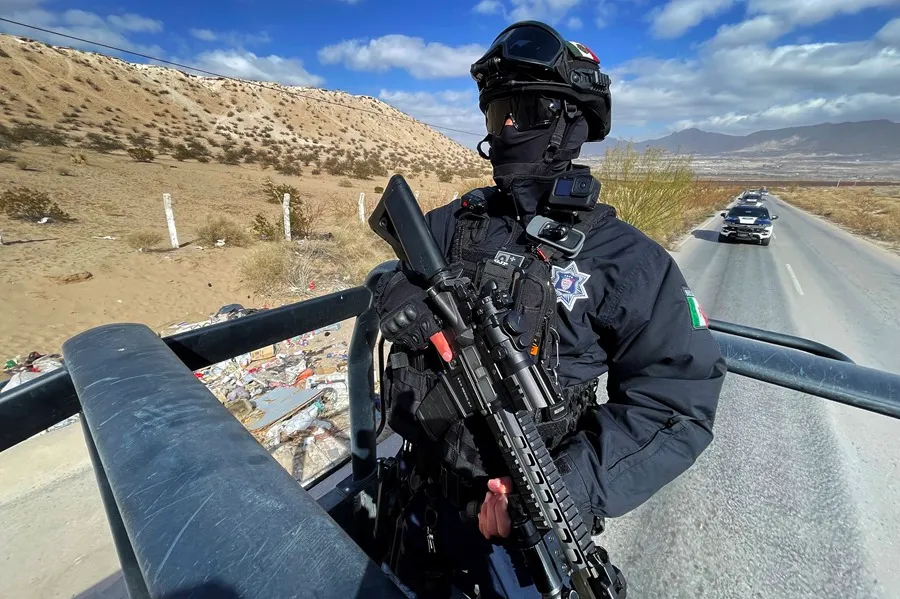
The US Government officially designated six Mexican drug trafficking cartels as terrorist groups on Thursday, an order that complies with a decree signed by US President Donald Trump during his first day in office, on January 20.
Through a document from the Federal Registry of the United States it was announced that the Sinaloa Cartel (CDS), the Jalisco New Generation Cartel (CJNG), the Northwest Cartel (CDN), the Gulf Cartel (CDG), La Nueva Familia Michoacana (LNFM) and Carteles Unidos (CU) are the drug trafficking organizations identified as terrorists.
In Mexico, for decades, these drug cartels have generated violence and have networks that expand to the United States, Central America, South America and Europe, in addition to criminal cells dedicated to other crimes such as human trafficking, kidnapping and extortion.
Also known as the Pacific Cartel and founded in 1989, it is one of the oldest in Mexico, it is based in the state of Sinaloa (northwest) and is considered the largest and the one with the greatest presence in the United States.
It was led by capo Joaquín “el Chapo” Guzmán, who was considered the most powerful drug trafficker in the world and was sentenced to life imprisonment in the United States. After Guzmán’s capture in 2016, Ismael ‘el Mayo’ Zambada remained at the head of the organization until his arrest in US territory in 2024.
Currently, the organization lives a confrontation, since September 2024, between the criminal cells of Los Chapitos and Los Mayos, after the delivery in the United States of co-founder Zambada, which has caused more than 800 homicides in Sinaloa.
Former armed arm of the Sinaloa Cartel to fight the Zetas, it became independent of the parent organization and began operating in 2011 under the leadership of Nemesio Oseguera Cervantes “el Mencho”, one of the most wanted criminals in Mexico and the United States, with a reward of up to 15 million dollars for information about his whereabouts.
It is the fastest growing poster and one of the most violent in Mexico. Based in the city of Guadalajara, it operates practically throughout the country.
According to the Drug Enforcement Administration (DEA), the CJNG distributes cocaine, methamphetamine and fentanyl throughout the United States.
Active since the 1980s, he had great influence in the north and east of the country, but weakened by splits and currently focuses on the state of Tamaulipas and, according to reports, has a presence in the state of Quintana Roo, in the Mexican Caribbean.
Based in Tamaulipas, a state bordering the United States, the CDG dominated the decade of the 1990s, under the command of its former leader Osiel Cárdenas Guillén, who served a sentence in the United States and was extradited to Mexico to serve prison sentences for various crimes.
The Zetas were the military arm of the Gulf Cartel but split from the organization, with which they had a bloody war in 2010 for control of northeastern Mexico and achieved the dominance of drug trafficking in much of the country. In 2016, the Zetas fractured and gave rise to the Northeast Cartel.
This drug trafficking gang is based in the city of Nuevo Laredo (Tamaulipas) and its influence covers the states of Nuevo León, Coahuila and San Luis Potosí.
It is a violent organization based in Michoacán, on the Mexican Pacific coast, operating in the states of Guerrero, Morelos and the State of Mexico. Its precedent, the Michoacana Family was the group that expelled the Zetas from Michoacán, during the first decade of the 21st century.
The organization was precisely one of the objectives of President Felipe Calderón (2006-2012) in his declared ‘War on Drug Traffic Coding’ that boosted violence in Mexico.
The organization was weakened by the death of its leader, Nazario Moreno González “el Chayo” in 2014, and by the internal split of the Knights Templar, who have also been diminished by the arrest or death of their leaders.
According to the US State Department, this cartel is a violent organization that was formed from an alliance of several cartels and other criminal groups in the state of Michoacán.
The criminal organization involves the Tepalcatepec Cartel, the Abuelo Cartel and the Los Reyes Cartel. According to investigations, the Tepalcatepec Cartel has Juan José ‘El Abuelo’ Farías as leader; and the Los Reyes Cartel has Luis Enrique Barragán Chávez, alias ‘Wicho de Los Reyes’, with influence in the Tierra Caliente region (southwest).
Its main objective is to prevent the arrival of the CJNG to the Michoacán region.
Central America
Nicaragua revokes legal status of 10 more NGOs, bringing total to over 5,600
The Nicaraguan government canceled the legal status of 10 more non-profit organizations on Friday (March 28, 2025), including the Swiss Foundation for Development Cooperation, bringing the total number of non-governmental organizations (NGOs) shut down since December 2018 to over 5,600.
According to the Ministry of the Interior, the Swiss Foundation for Development Cooperation, which had been registered since March 9, 2002, was found to be in non-compliance for failing to report its financial status for 2024 and for having an expired board of directors.
Among the 10 NGOs whose legal status was revoked were religious organizations, educational groups, consumer associations, and aquaculture organizations, all dissolved “voluntarily” or closed under similar reasons.
As of today, more than 5,600 NGOs have been dismantled following the popular protests that erupted in April 2018 in Nicaragua. In most cases, the assets of these organizations have been ordered to be transferred to the state.
International
Marco Rubio warns Venezuela against military action against Guyana
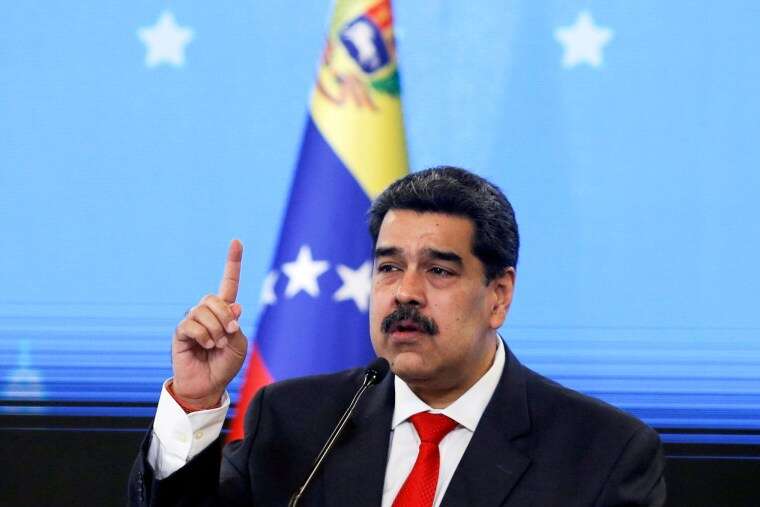
U.S. Secretary of State Marco Rubio warned Venezuela on Thursday that a military attack on Guyana would be “a big mistake” and “a very bad day for them,” expressing his support for Georgetown in its territorial dispute with Caracas.
“It would be a very bad day for the Venezuelan regime if they attacked Guyana or ExxonMobil. It would be a very bad day, a very bad week for them, and it would not end well,” Rubio emphasized during a press conference in Georgetown alongside Guyanese President Irfaan Ali.
International
Ecuador oil spill worsens as containment dam collapses
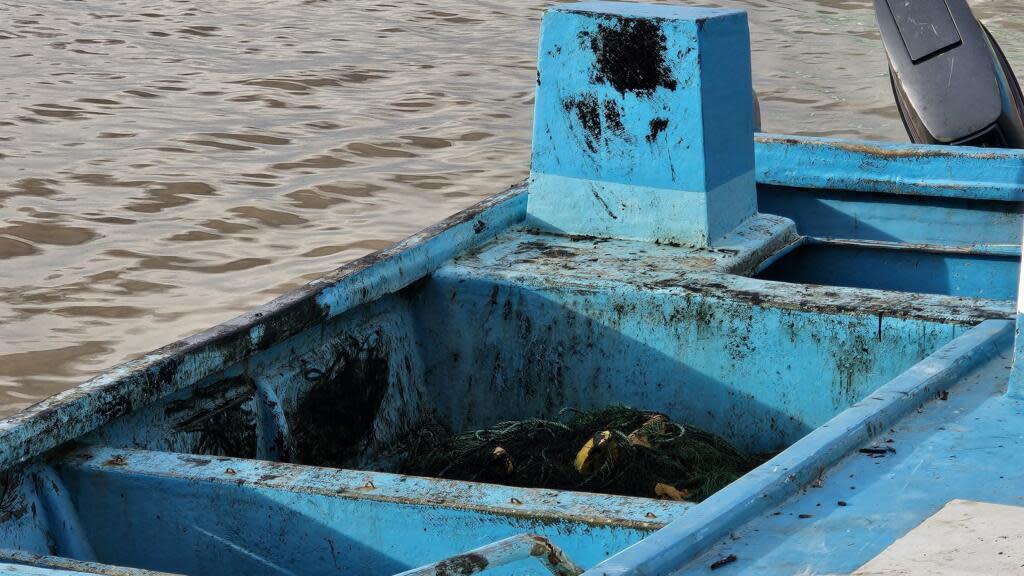
The collapse of a containment dam holding back part of the 25,000+ barrels of oil spilled from a pipeline rupture nearly two weeks ago has worsened the environmental crisis in northwestern Ecuador, contaminating rivers and Pacific beaches.
The Ecuadorian government attributed the March 13 pipeline rupture—which led to the spill of 25,116 barrels of crude—to an act of sabotage. The spill affected three rivers and disrupted water supplies for several communities, according to authorities.
On Tuesday, due to heavy rains that have been falling since January, a containment dam on the Caple River collapsed. The Caple connects to other waterways in Esmeraldas Province, a coastal region bordering Colombia, state-owned Petroecuador said in a statement on Wednesday.
Seven containment barriers were installed in the Viche River, where crews worked to remove oil-contaminated debris. Additional absorbent materials were deployed in Caple, Viche, and Esmeraldas Rivers, which flow into the Pacific Ocean.
Authorities are also working to protect a wildlife refuge home to more than 250 species, including otters, howler monkeys, armadillos, frigatebirds, and pelicans.
“This has been a total disaster,” said Ronald Ruiz, a leader in the Cube community, where the dam was located. He explained that the harsh winter rains caused river levels to rise, bringing debris that broke the containment barriersthat were holding the accumulated oil for extraction.
-
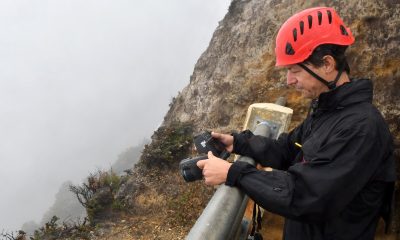
 Central America4 days ago
Central America4 days agoCosta Rica’s Poás volcano on orange alert amid rising magma activity
-
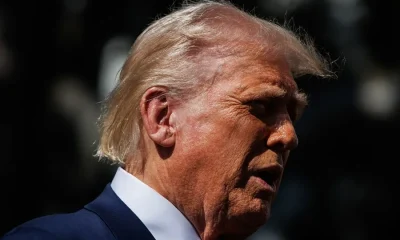
 International2 days ago
International2 days agoFederal court blocks Trump’s use of Enemy Alien Act for deportations
-
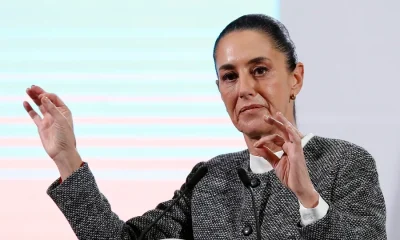
 International4 days ago
International4 days agoDHS Secretary Kristi Noem to meet with Mexico’s President Claudia Sheinbaum on friday
-
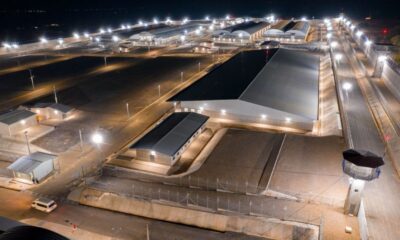
 International4 days ago
International4 days agoMaduro urges UN to intervene for venezuelan migrants detained in El Salvador
-

 International4 days ago
International4 days agoCanada updates U.S. travel advisory amid immigration policy changes
-

 Central America2 days ago
Central America2 days agoKristi Noem in Latin America: Talks with Bukele on expulsions and security policies
-

 International4 days ago
International4 days agoLula meets Japan’s emperor as Brazil seeks stronger trade ties
-
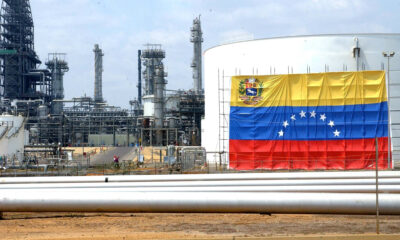
 International4 days ago
International4 days agoTrump’s tariff decree disrupts venezuelan oil exports to China
-
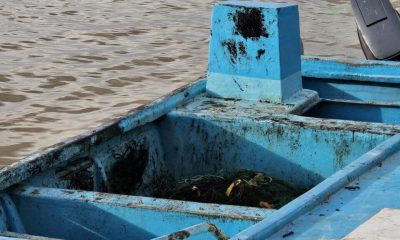
 International2 days ago
International2 days agoEcuador oil spill worsens as containment dam collapses
-
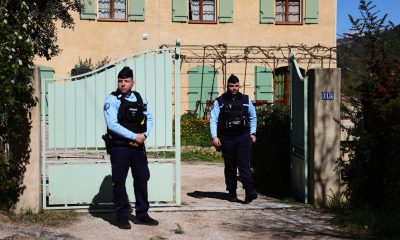
 International4 days ago
International4 days agoMystery deepens in Émile Soleil case as family members are arrested
-
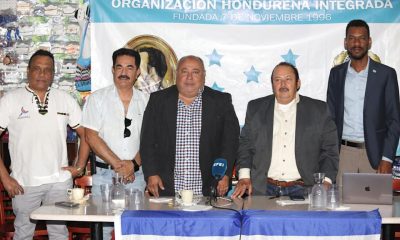
 Central America2 days ago
Central America2 days agoHonduran group in U.S. pushes for voter registration to prevent election fraud
-
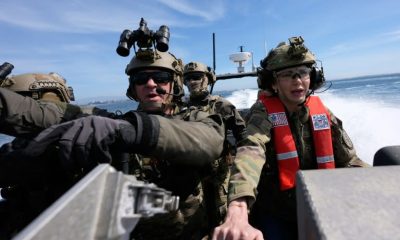
 International4 days ago
International4 days agoU.S. Homeland Security Chief tours Latin America as deportation policy sparks tension
-

 International4 days ago
International4 days agoTech industry shocked by sudden death of Samsung executive Han Jong-hee
-

 International4 days ago
International4 days agoDHS official recognizes El Salvador as key ally in combating irregular migration
-

 International4 days ago
International4 days agoForensic genealogy uncovers identity of woman found in California in 1966
-
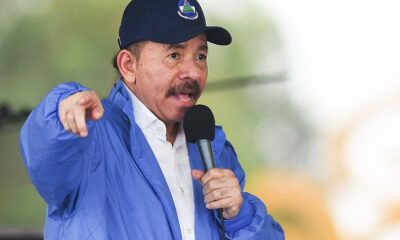
 Central America1 day ago
Central America1 day agoNicaragua denounces Costa Rica’s position in SICA as aligned with foreign interests
-
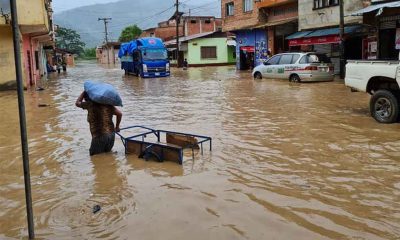
 International4 days ago
International4 days agoBolivia declares disaster in 90 municipalities as heavy rains continue
-

 International4 days ago
International4 days ago23andMe declares bankruptcy amid data breach fallout and declining sales
-
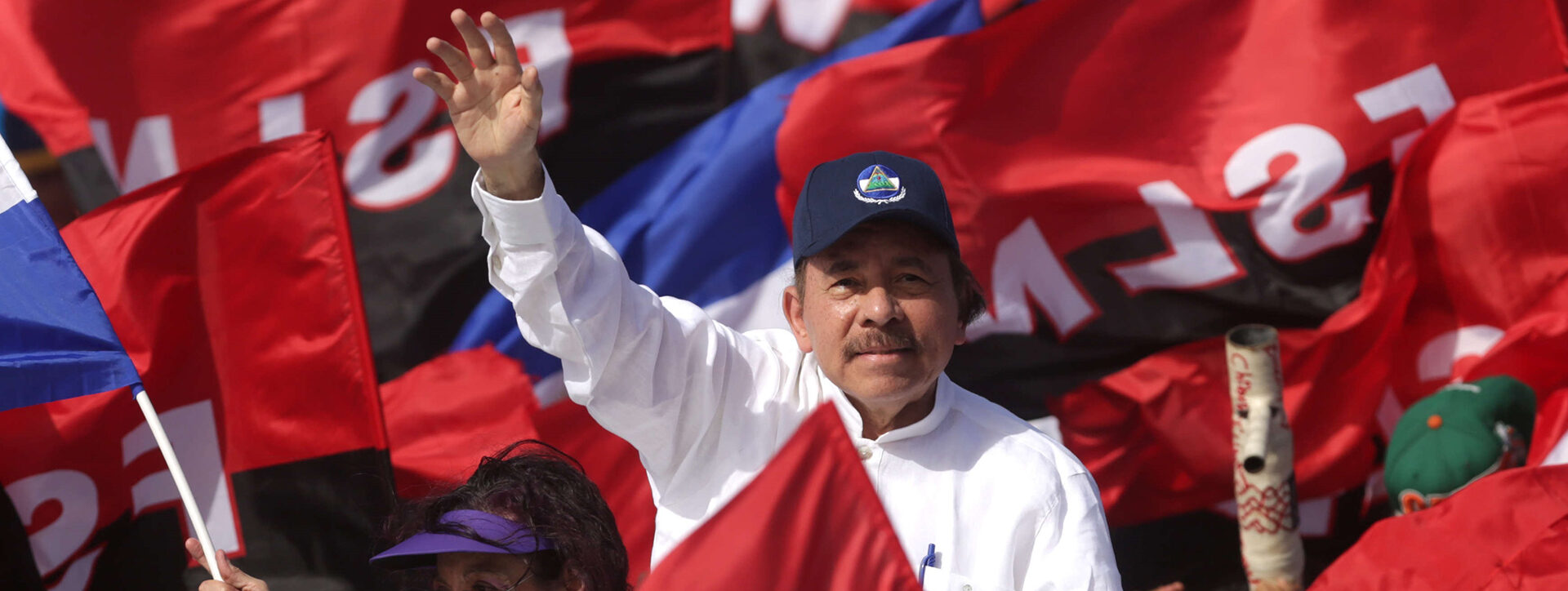
 Central America1 day ago
Central America1 day agoNicaragua’s new judicial law consolidates power in Ortega and Murillo’s hands
-
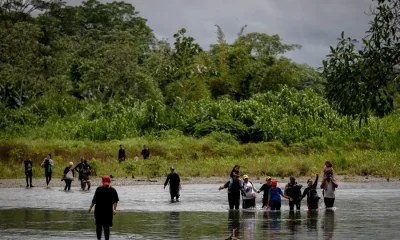
 Central America1 day ago
Central America1 day agoPanama’s president declares Darién gap ‘closed’ amid sharp drop in migrant flow
-
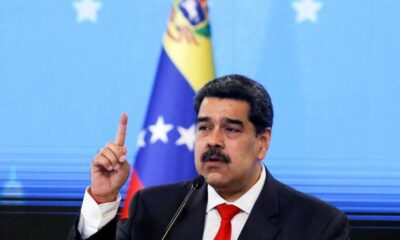
 International1 day ago
International1 day agoMarco Rubio warns Venezuela against military action against Guyana
-
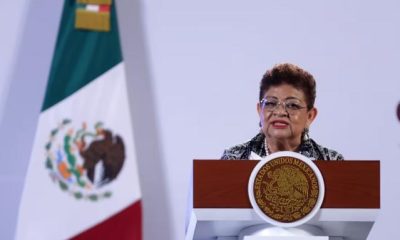
 International4 days ago
International4 days agoMexico to launch National Identity Platform to aid in missing persons search
-
Central America2 hours ago
Nicaragua revokes legal status of 10 more NGOs, bringing total to over 5,600















